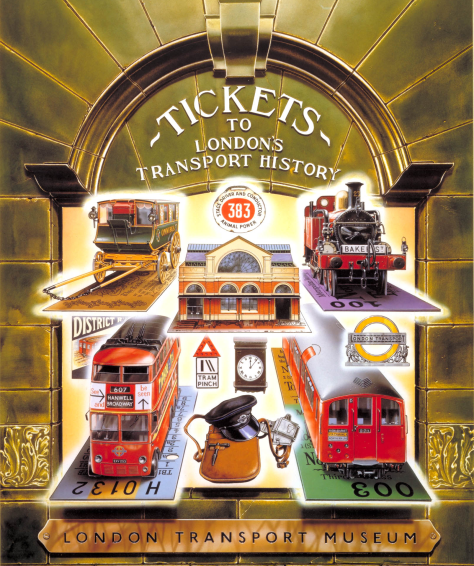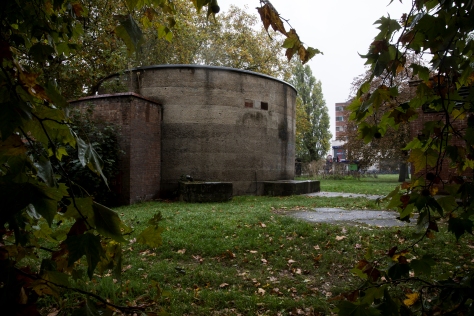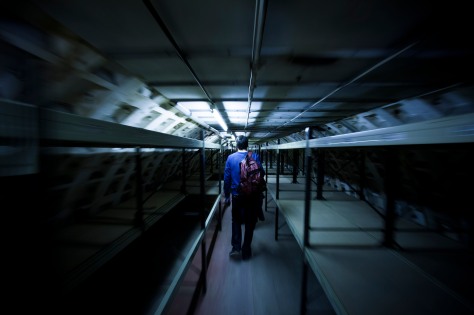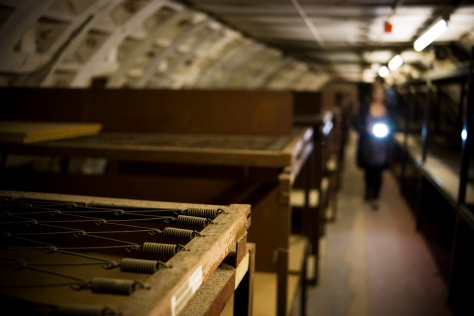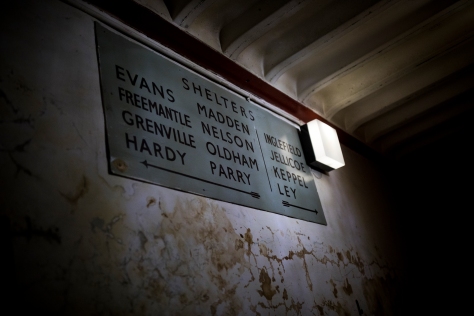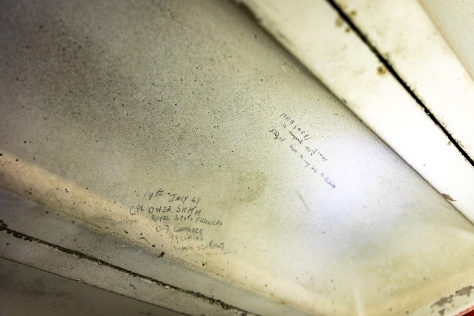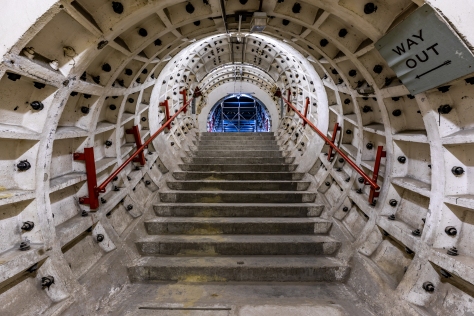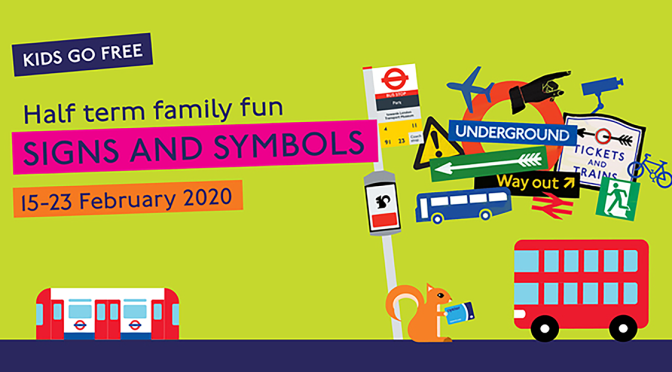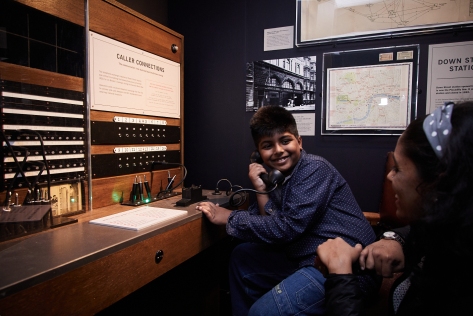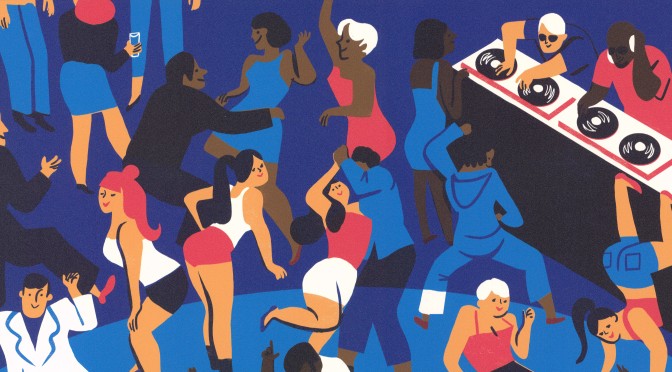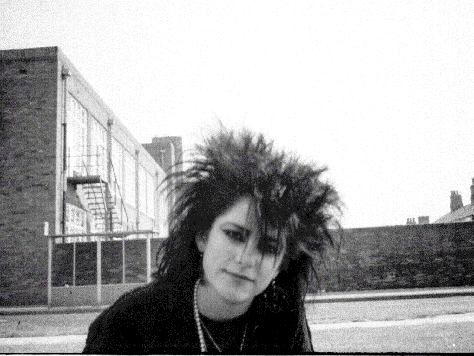London Transport Museum is turning 40 years old in March 2020!
To celebrate its ruby anniversary, we’re taking a brief look at the origins of the Museum and its collection. We are also reliving the first days of operations through the first-hand memories of former members of staff, starting with Mike Walton, who was working in the Museum shop when it opened on 28 March 1980.
Our collection counts over 500,000 items, from heritage vehicles to signs and maps, posters and ephemera that document 200 years of London’s transport and social history . But it all started with two Victorian horse buses and an early motorbus. In the 1920s, the London General Omnibus Company (LGOC) decided to preserve these vehicles for future generations to enjoy.
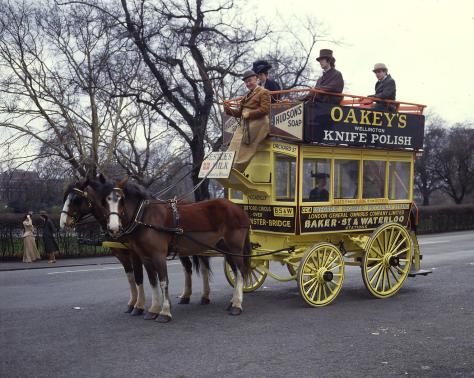
In the 1960s, our growing collection was housed in an old bus garage in Clapham, south London, and referred to as the Museum of British Transport. In 1973 it was moved to Syon Park, west London, taking the name of London Transport Collection. Between 1979-80, the public display moved to its current home, the old Victorian Flower Market, a Graded II-listed building in Covent Garden. London Transport Museum as we now know it was born!

The Museum was officially inaugurated by Princess Anne on 28 March 1980, and opened its doors to the public the following day. Mike Walton, Poster Art Commissioner for Transport for London and London Transport Museum, recalls:
“Prior to the Royal Opening on 28 March, work to prepare became increasingly frantic. Staff were recruited, or better transferred from other teams within London Transport, and the shop was filled with many products from London Transport’s Publicity Office which was simultaneously closing its long-established retail outlets.
On the day of the opening all Retail and Admission staff lined up in the shop area as Princess Anne and London Transport Officials arrived and toured the Museum. I disgraced myself by curtsying to Princess Anne by accident much to her amusement. The assembled officials were less amused!

The day went very smoothly and was deemed a great success, but the official event left us with little time to prepare for the public opening the following day. The Museum opened its doors to its first visitors at 10:00 on Saturday 29 March 1980. Unsurprisingly, the queues around Covent Garden Piazza lasted all day. An Adult ticket cost £1.40 with various discounted tickets available for children, students and pensioners.
The tickets were dispensed from an old Underground ‘rapiprinter’ and customers passed through a then standard Underground automatic ticket gate, a system which caused much unreliability for staff and considerable confusion for customers. Our supposed plentiful supply of change had run out by midday and someone was delegated to tour local Tube stations begging for spare change!
At the end of the first enormously successful day’s trading, cashing up had to take place. With endless piles of £1 notes, no credit cards and no counting machines, the task was completed at 23:00. My working life had changed for ever!”
Celebrate the Museum’s 40th birthday throughout the month of March 2020 with us. Share your fondest memories of the Museum on social media with the hashtag #LTMLove.


